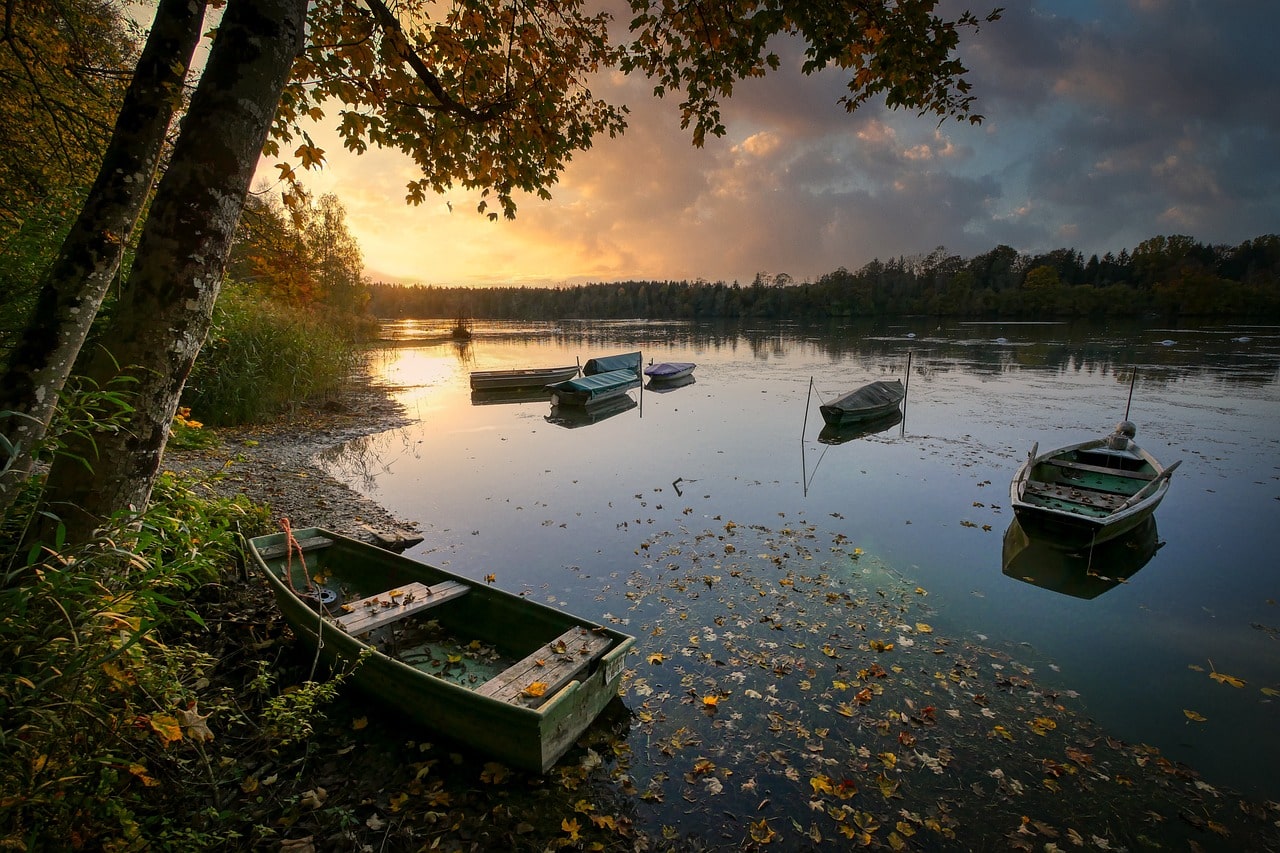The Bangweulu, which means ‘where the water meets the sky,’ is a significant wetland system in Zambia’s upper Congo River basin. It encompasses Lake Bangweulu, the Bangweulu Swamps, and the Bangweulu Flats, covering an area the size of Connecticut or East Anglia at an elevation of 1,140 meters. This extensive wetland system is vital for the biodiversity and economy of northern Zambia and supports significant birdlife. However, this birdlife is currently facing environmental and conservation challenges, which should be a cause for concern.
Lake Bangweulu itself is about 75 km long and 40 km wide. Its permanent water surface is around 3,000 km², expanding to 15,000 km² during the flood season. The lake is relatively shallow, with a maximum depth of 10 meters and an average depth of 4 meters. About seventeen rivers feed it, the biggest being the Chambeshi River, which empties into the Luapula River.
The lake’s structure is marked by sandy ridges, dividing it into distinct sections, such as Lake Chifunabuli and Lake Walilupe. Numerous smaller lakes, lagoons, and inlets, like Lake Kampolombo and Lake Kangwena, connect through channels and swamps, creating a complex and dynamic aquatic environment.
The Bangweulu Swamps, larger than the lake itself, cover roughly 120 km by 75 km and extend from the northwest to the south of the lake. These swamps regulate flooding by releasing water slowly through lagoons and channels. The swamps’ dense vegetation can obstruct navigation, limiting motorized boats to specific areas while dugout canoes navigate the narrower channels.
Numerous lagoons, including Lake Chali, Lake Chaya, and Lake Wumba, dot the swamps and wide estuaries where rivers like the Chambeshi and Luansenshi enter. The southern floodplains, notable for large herds of black lechwe, expand the wetlands’ reach during the wet season.
Water temperatures in the Bangweulu system range from 23.7 to 28.3°C, with low conductivity between 20 and 40 μS/cm. Water transparency varies from 0.35 to 0.60 meters, reaching over 1.70 meters in some lagoons.
The Bangweulu system’s rich biodiversity and ecological significance make it a crucial natural resource. We must never stop our conservation efforts to preserve this special ecosystem and its fauna, emphasizing how urgent and significant this continuous work is.

